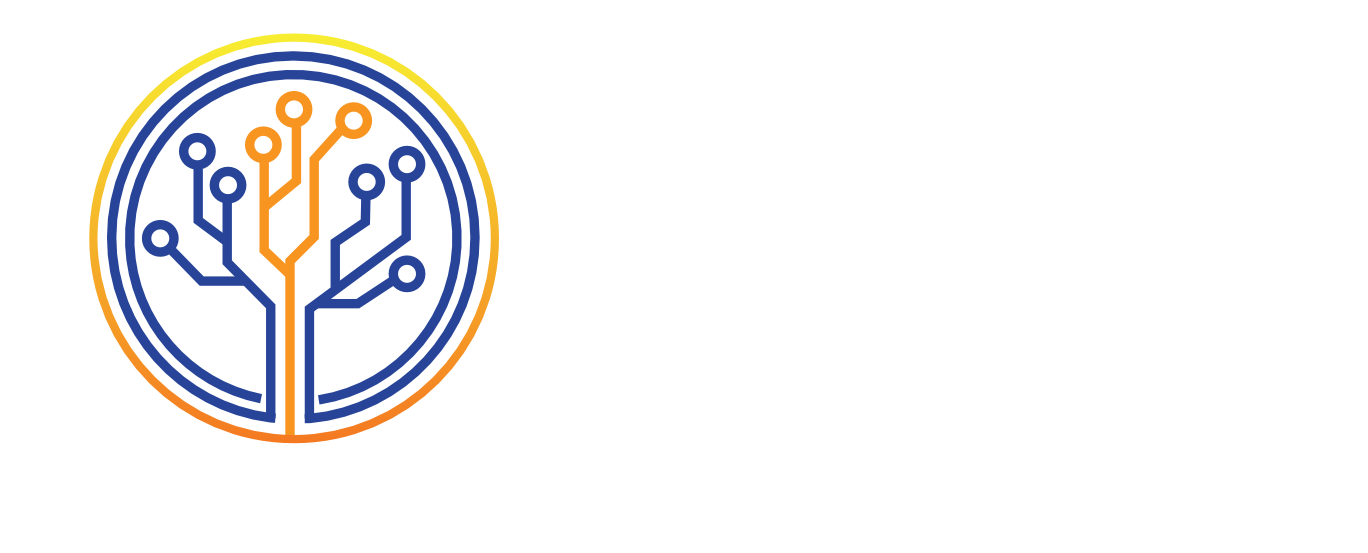Top 3 Attributes of UX Design (based on ISO standards)
When you engage with a professional IT consultant about your business tech needs, one of the topics that you will surely touch on is User Experience aka UX (UE in some cases). Briefly, the UX design process examines how a solution is able to create a meaningful and relevant experience to the user. This enhances the user’s satisfaction with a particular process to achieve a specific goal.
User experience (UX or UE) is a subject of fascination for many tech solution providers. There’s a wide variety of interpretation as to what it entails. For the purpose of this article, though, we take a leaf from the international standard on ergonomics of human-system interaction, ISO 9241-210, which listed three factors that influences UX: the system, the user, and the context of use.
The System
At first glance, the System is the easiest to define between the three.
Or is it?
The common (mis)understanding is that the System simply refers to the tech that is being used to run a particular task. But the truth is, parts of a system can encompass things beyond technology. The system can be:
- a set of instructions, guideline or manual.
- human resources eg include customer support staff.
- shelving system for physical stocks.
- company transportation.
- and many others.
In short, whatever resources that is used to achieve an outcome is a part of the System, tech or otherwise. Less we forget, tech breaks down too, thus there needs to be a system of maintenance even for the system itself!
The job of tech consultants to examine this existing system structure and figure out how to further enhance it. Can any inefficient parts of the system that can be automated? Is there functions in the system that are prone to human error? Are security vulnerabilities affecting the overall trust in the system? These are just some of the questions that consultants like ourselves will ask.
The User
No system exists without a user. The users are the very reason for the concept of UX in the first place. Defining who these users are is perhaps the challenge in UX.
There are two factors to consider in measuring a system user’s data for UX purposes. User profile is the most obvious: the who, what and why question that defines the purpose of the system. This is then further refined to define both the external user (the one using the system for that specific purpose) and internal user (the one supporting the external user’s experience).
The other factor is the user’s past experience with the system. It is likely that a user who engages the system the first time will need a different user experience as opposed to a seasoned user who has gone through the system many times.
In order to achieve an understanding of the user, the creation of avatars and user stories remains to be an invaluable part of solutions development. This laymen level approach of understanding the who, why and how allows a more targetted approach to start with.
When more and more User data is obtained and measured, later on the enhancements for the User end becomes more and more personalised. This can then open up several UX design approaches. For example, predictive UX design enhances user experience by predicting user actions, since the data on Users has established certain patterns that can eventually be used to automate multi-step processes.
The Context
We believe that this is the most ignored aspect of UX design. But context can be a crucial element in creating a winning UX formula.
A simple example of contextual UX is the “mobile friendliness” of a website. As we become more reliant on mobile devices that comes with smaller screens, a mobile friendly experience becomes default. Yet, some studies show downsides to “mobile first” sites: smaller screen sizes increase information search cost, and forces more mental and physical effort on users.
Also, different devices comes with different quirks and attributes. Tablets like iPads, for example, may not come with cellular plans, hence it is not usually a popular way of accessing the websites in general. However, if an app is specifically built for tablet use, the UX design would easily fined tune for that specific context. A financial advisor, for example, would benefit from the bigger screen and mobility of tablets when presenting his services and solutions to his clients.
Sometimes, the same user can be approaching the same system in different context, desiring very different outcomes. One example comes from one of our clients who owns a cafe. They requested for a system that allows their staff to see orders only related to their specific food station. The challenge is that the same staff can be taking on a different task each day (one day manning the drinks, while on another day preparing sandwiches). The solution was as simple as a filtering function specifically to show the orders for that specific station.
Achieving Holistic UX Design Standards
Achieving an intuitive UX design offers a host of benefits. It increases users satisfaction level and readiness and willingness to use the system again and again. You can also be assured of higher productivity and lower need for customer support to help users navigate their way through your application.
This is where we at Aria can help, of course. Throughout the course of our solutions development, we employ several techniques and tools that can help us establish, measure and achieve high usability and intuitiveness. Drop us a message to see how we can help you with your tech solution ideas and we’ll be in touch with you to talk about it!

Armen R Rahman
Design & Communications
With nearly two decades of experience in the creative industry, Armen’s skill and talent covers a wide scope of endeavours; online and offline design work, film making, music production and writing are just some of his forte.
He considers good design as part of good communication (and vice versa!) and that the satisfaction can and should be derived at every point of the user experience, from the outreach messaging, the tech solution itself and the human touch at points of need.
In his spare time, he actively participates in foam dart flinging as a sport and music production as a downtime hobby.
